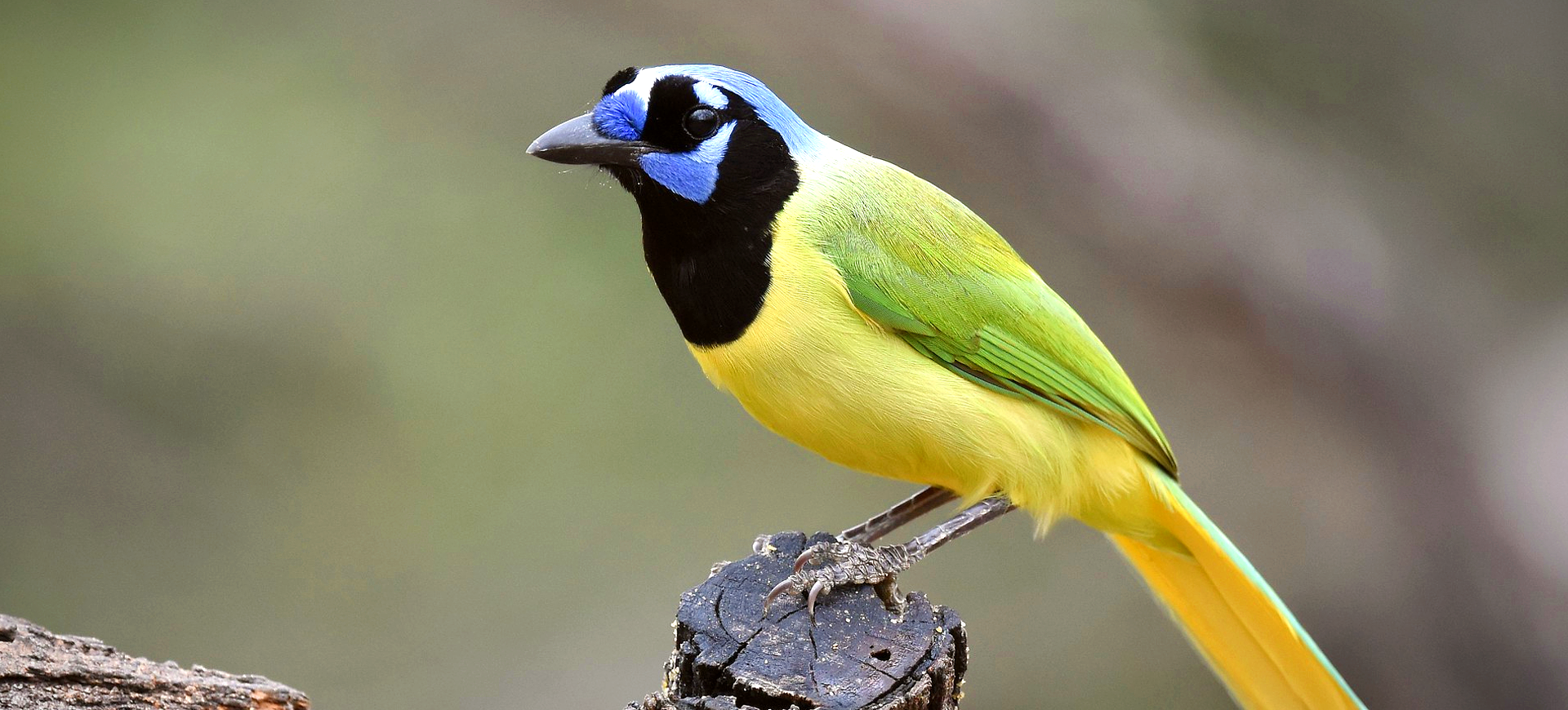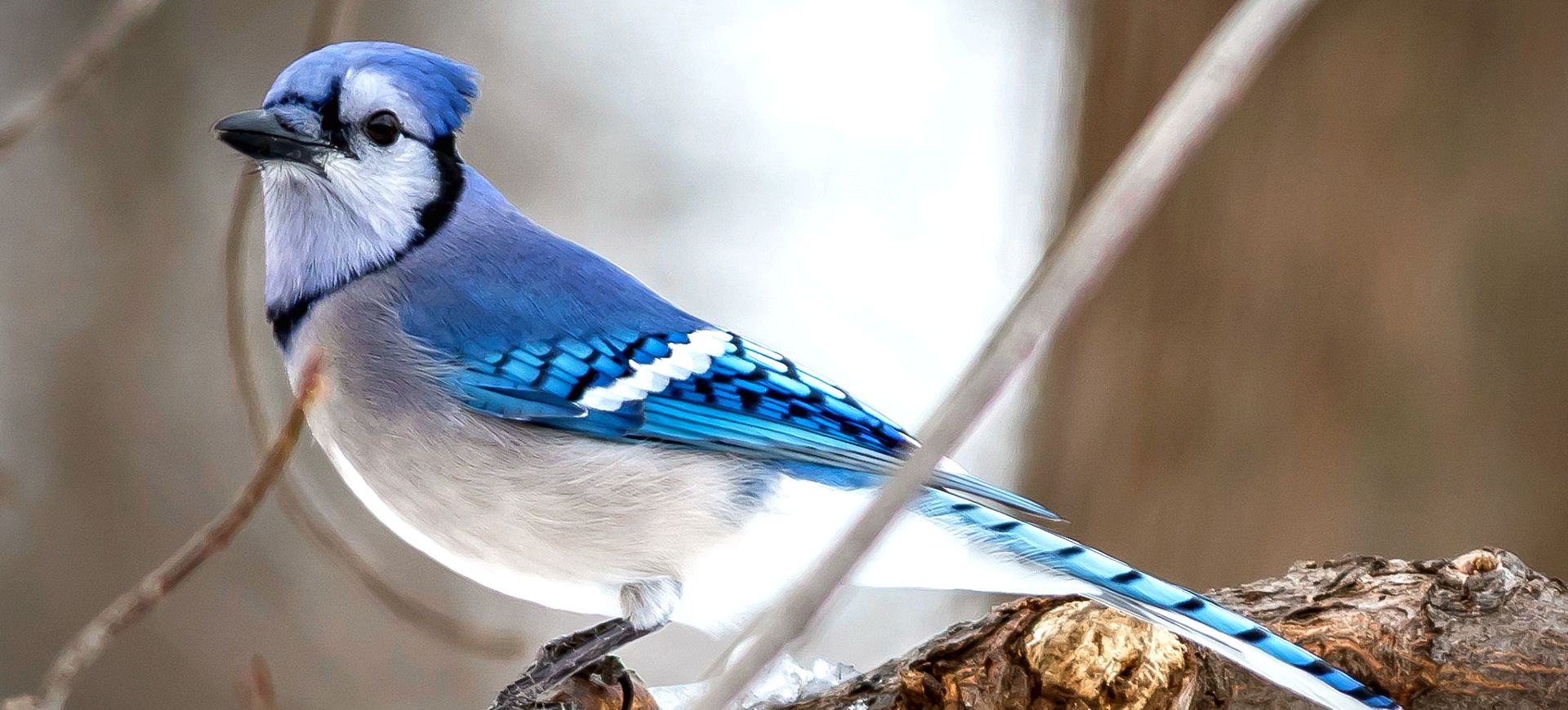Overview
The White-necked Raven (Corvus albicollis) is a distinctive bird species known for its intelligence, adaptability, and striking appearance. Smaller than the common raven but larger than the typical crow, this bird features a predominantly black plumage with a slight gloss of purple or blue in the light. Its name derives from the patch of white feathers at the back of its neck, often hidden and only visible when the bird extends its neck. The bird has a robust, slightly curved bill, which is larger and more imposing than other crow species and is used for various feeding tactics.
Native to Eastern and Southern Africa, the White-necked Raven inhabits various habitats, from mountains and highlands to open woodlands and savannas. These birds are highly adaptable, often observed in pairs or small groups, and are known for their problem-solving skills and complex social behaviors. Their diet is exceptionally varied, consisting of insects, fruits, seeds, small animals, and carrion, showcasing their opportunistic feeding habits.
The White-necked Raven is fascinating due to its remarkable cognitive abilities and social dynamics. While not endangered, their reliance on diverse, undisturbed habitats makes them susceptible to environmental changes and human activities.
Taxonomy
Kingdom
Phylum
Class
Order
Family
Genus
Species
Type
Physical Description:
The White-necked Raven is a medium-sized bird, measuring about 50-54 cm in length with a wingspan of approximately 100-120 cm. Its body is robust, and the plumage is mostly black with a glossy sheen that can appear blue or purple in sunlight. The distinctive white patch at the back of the neck is often concealed but becomes visible when the bird is excited or agitated. The bird’s bill is large and curved, a distinguishing feature that distinguishes it from other corvids.
The eyes of the White-necked Raven are dark brown, and its legs and feet are strong and black, adapted for walking and grasping. Juveniles resemble adults but may have a slightly duller plumage and less pronounced neck patch. The bird’s overall appearance is imposing and graceful, a testament to its adaptability and intelligence.

Lifespan: Wild: ~10 Years || Captivity: ~30 Years

Weight: Male & Female: 1.1-1.5 lbs (500-700 g)

Length: Male & Female: 19.7-21.3 inches (50-54 cm)

Height: Male & Female: 20-24 inches (50-60 cm)

Wingspan: Male & Female: 39.4-47.2 inches (100-120 cm)

Top Speed: 30 mph (48 km/h)
Characteristic:
Native Habitat:
White-necked Ravens are native to Eastern and Southern Africa, inhabiting various habitats from mountains and highlands to open woodlands and savannas. They prefer areas with cliffs or large trees for nesting and roosting but are also commonly found near human settlements, where they can scavenge food. Their adaptability to different environments is key to their distribution and survival.
The bird’s preference for high-altitude regions and open landscapes allows it to exploit updrafts for soaring and gliding, an efficient way to cover large areas in search of food. Despite their adaptability, preserving their natural habitats is crucial for maintaining healthy populations.
Biogeographical Realms:
Continents:
Diet:
Diet & Feeding Habits:
The White-necked Raven is an omnivorous and opportunistic feeder with a highly varied diet. It consumes many foods, including insects, fruits, seeds, small mammals, birds, reptiles, and carrion. Its large, powerful bill allows it to exploit different food sources, from breaking open hard-shelled fruits and nuts to scavenging carcasses.
These birds are known for problem-solving skills, often using tools and complex strategies to access food. They are also observed following predators to scavenge leftovers and can be bold in approaching potential food sources. Their adaptability in feeding habits plays a crucial role in their survival across various environments.
Mating Behavior:
Mating Description:
White-necked Ravens are believed to form monogamous pairs with strong bonds between mating partners. They engage in various courtship behaviors, including aerial acrobatics, mutual preening, and vocalizations. Nesting typically occurs in large trees, on cliff ledges, or occasionally on man-made structures.
The female lays 3-5 eggs, which are incubated for about 20-25 days. Both parents participate in feeding and caring for the chicks, which fledge at around 5-7 weeks of age. The young may stay with their parents for an extended period before becoming fully independent. These birds’ strong family bonds and social structure are key factors in their survival and success as a species.
Reproduction Season:
Birth Type:
Pregnancy Duration:
Female Name:
Male Name:
Baby Name:
Social Structure Description:
White-necked Ravens are highly social birds, often observed in pairs or small groups. They have complex social behaviors, including cooperation, play, and vocalizations for communication. Their social structure allows them to cooperate in finding food and defending against predators.
During the breeding season, they may become more territorial, with pairs defending their nests and surrounding areas. These birds’ strong social bonds and intelligence are key factors in their adaptability and survival in diverse environments.
Groups:
Conservation Status:
Population Trend:
The White-necked Raven is currently listed as Least Concern by the IUCN, with a stable population trend. However, the lack of precise population data makes trends difficult to determine. These birds are relatively common within their range but may face localized threats from habitat loss, poisoning, and human disturbance.
Conservation efforts focus on habitat preservation and reducing potential threats from human activities. As adaptable birds, they have shown some resilience to environmental changes, but like all wildlife, they benefit from efforts to maintain healthy, diverse ecosystems.
Population Threats:
The primary threats to the White-necked Raven include habitat loss due to deforestation, agricultural expansion, and urban development. They are also at risk from intentional and accidental poisoning, particularly in areas where they scavenge from human refuse or where pesticides are used. In some regions, they may be persecuted as pests or for traditional medicine.
As adaptable birds, they have some resilience to environmental changes, but significant alterations to their habitats can impact their food sources and nesting sites, affecting their population and distribution.
Conservation Efforts:
Conservation efforts for the White-necked Raven include habitat protection, ensuring that large tracts of natural landscapes are preserved and maintained. Educating local communities about the ecological role of ravens and reducing persecution and poisoning are also important. In some areas, initiatives to reduce human-wildlife conflict and promote coexistence can be beneficial.
Ongoing research and monitoring are needed to better understand their population dynamics, ecology, and interactions with human-altered landscapes. As a widespread species, international cooperation is important for their conservation across their range.
Additional Resources:
Fun Facts
- The White-necked Raven’s intelligence is evident in its problem-solving skills and use of tools, similar to other members of the Corvid family.
- They have various vocalizations, which they use for communication and social interaction.
- These birds are known for their playful behavior, often engaging in aerial acrobatics and games.
- Their large, powerful bill is used for feeding and manipulating objects and probing their environment.
- In some cultures, ravens are considered symbols of wisdom or omens of change.
- White-necked Ravens are crucial for their ecosystems, helping to clean up carrion and control insect populations.
- They are known to mimic sounds from their environment, including human-made noises.
- Their adaptability to different habitats and food sources is a key factor in their widespread distribution.
- The white patch on the back of their neck, which gives them their name, is often hidden and only visible when the bird extends its neck.
- Despite their solitary or small-group habits, White-necked Ravens can form larger flocks, particularly in areas with abundant food sources.













